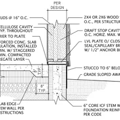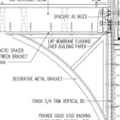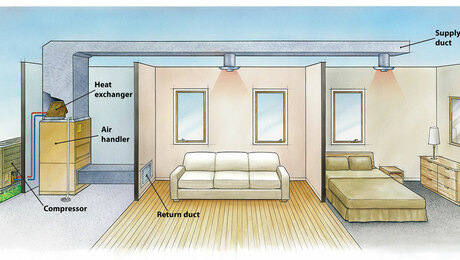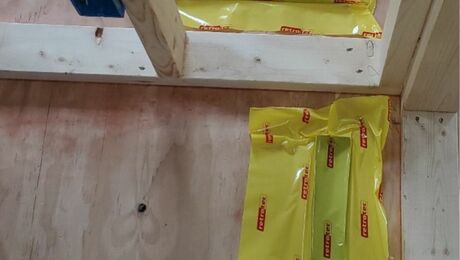Specific low-VOC sealing around slab floor plumbing penetrations?
I have built my slab-on-grade house with various plumbing penetration that now I need to air-seal. All of these are in the proper conditioned space of the house so low VOCs solution is a must.
Such PVC verticals as drains, radon vent, and pvc sleeves were first wrapped with ‘sill sealer’ foam to be sure they did not adhere directly to the concrete during the pour.
After ripping out much of the sill sealer post-pour there are gaps that now need tending. A flexible, durable sealant that provides an air-tight seal is preferred. Not only no noticeable VOC contribution but for some the final result needs to be made trim and tidy as these remain visible to occupants.
I have been recommend to use spray foam, polyurethane caulk or construction tape. I would also entertain a paint-on style of product. I already have on hand —
o Tremco Acoustical Sealant (Black Death). Too messy and smelly for this.
o Sika 1a sealant, various silicone caulking
o Gun foam, low-expanding. Best bet perhaps.
o Dow Weathmate tape.
Also, are their affordable large diameter escutcheons that can be applied to vent pipes that have already been plumbed and so the escutcheon needs to a ‘wraparound’ style. I meant end up getting some that are used for steam radiators, but am watching my pennies for cheaper alternatives.
Thanks, GBA.
GBA Detail Library
A collection of one thousand construction details organized by climate and house part









Replies
Kenneth,
The GBA Product Guide lists many low-VOC sealants, including the following:
Chem-Calk 2000
EcoGlue Extreme
Greenlink and ChemLink sealants
Sherwin-Williams Caulks and Sealants
Smart Zero-VOC 1408-1-61 Elastomeric Caulk
If you have joints larger than about 1/4", the method of caulking is also important. First, install closed-cell foam backer rod to support the caulk joint. The top of the backer rod should be about half of it's diameter below the slab surface - 1/4" for a 1/2' joint. Then you fill the joint with caulk and tool it slightly concave. The tooling is key: it compresses the caulk, forcing it to flow into and bond with the large and small discontinuities on both sides and this is what makes for a good bond. Also, the tooling makes it look neat for the exposed locations. Many of the above sealants can be painted, as can the PVC pipes. There are metallic paints on the market to make the PVC look like silver, copper or brass. This may be attractive enough to leave exposed without escutcheons if you are careful with the caulking.